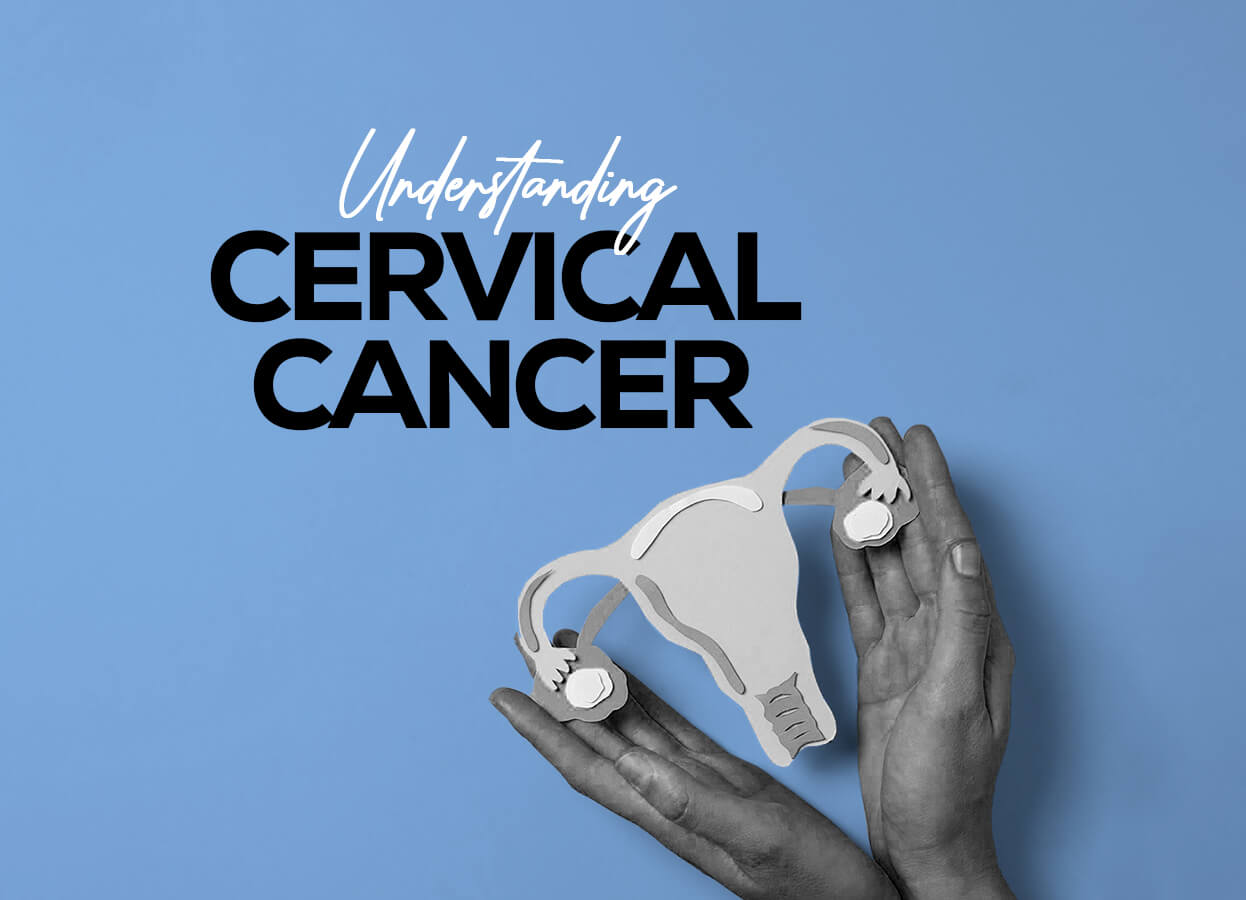Cervical cancer is a prevalent but preventable form of cancer that affects women worldwide. In this article, we will delve into the causes, symptoms, and crucial preventive measures to raise awareness about this significant health issue.
What is Cervical Cancer?
Cervical cancer develops in the cervix, the lower part of the uterus connecting to the vagina. It often starts with abnormal cell growth in the cervix, which, if left untreated, can progress into cancer over time. The primary cause of cervical cancer is persistent infection with high-risk types of human papillomavirus (HPV), a common sexually transmitted infection.
Causes and Risk Factors
HPV Infection:
HPV infection is the leading cause of cervical cancer. Persistent infection with certain high-risk strains of HPV can lead to the development of cancerous cells in the cervix.
Weakened Immune System:
Women with weakened immune systems, such as those with HIV or those taking immunosuppressive drugs, are at an increased risk.
Smoking:
Tobacco use, including smoking, is linked to an elevated risk of cervical cancer. Chemicals in tobacco can damage cervical cells, making them more susceptible to HPV infection.
Oral Contraceptives:
Long-term use of oral contraceptives may slightly increase the risk of cervical cancer.
Family History:
A family history of cervical cancer may contribute to an individual’s susceptibility.
Symptoms of Cervical Cancer
In its early stages, cervical cancer may not cause noticeable symptoms. However, as the disease progresses, individuals may experience:
– Abnormal vaginal bleeding, such as between periods or after menopause.
– Pain during sexual intercourse.
– Unexplained pelvic pain.
Read about early signs and symptoms of Cancer you shouldn’t ignore here
Preventive Measures
HPV Vaccination:
Vaccination against HPV is a highly effective preventive measure. The vaccine is recommended for both males and females, ideally before the onset of sexual activity.
Regular Pap Smears:
Regular screenings, such as Pap smears and HPV tests, can detect precancerous changes in the cervix early on, allowing for timely intervention.
Safe Sex Practices:
Practicing safe sex by using condoms can reduce the risk of HPV transmission.
Smoking Cessation:
Quitting smoking can significantly lower the risk of cervical cancer in women and improve overall health.
Healthy Lifestyle:
Maintaining a healthy lifestyle with a balanced diet, regular exercise, and routine healthcare check-ups contributes to overall well-being.
Conclusion
Cervical cancer is a preventable and treatable disease when detected early. By understanding the causes, recognizing symptoms, and adopting preventive measures, women can significantly reduce their risk. Regular health check-ups, screenings, and lifestyle choices play a pivotal role in safeguarding against cervical cancer, empowering women to take charge of their reproductive health.
Remember, knowledge is a powerful tool in the fight against cervical cancer. Stay informed, prioritize preventive care, and encourage those around you to do the same.










